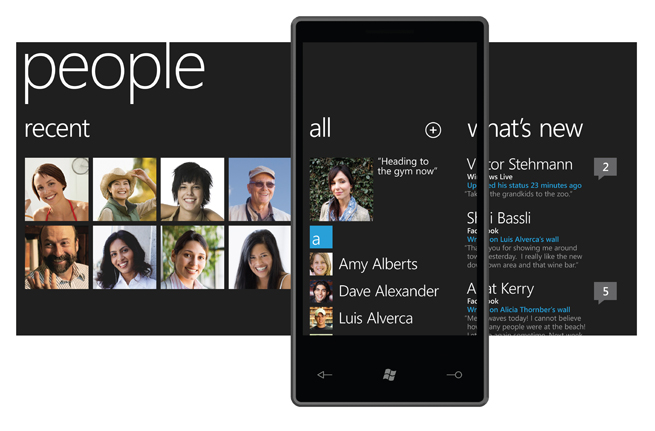Tech news over the Easter weekend were dominated by one device: the over-hyped iPad. Every major and not so major tech source has done a review of this thing. Opinions were out weeks before the device was even available. Comparing it to it’s smaller cousin, the iPhone you may wonder if this device will have similar impact. The iPhone simply turned the telecom industry upside down and reshaped how we think of mobile phones. This is sometimes called the iPhone effect. So, what will the iPad effect be? Here I’ll present some ideas.
The iPad is a Consumer Device, not a computer. There is a big difference between technology products like computers and consumer devices. With the former, the focus is on the technology while the latter focuses on the non-technical consumer and functionality. Of course under the shiny appearance, the famous tablet is a computer with an industrial strength OS, but the important thing is, as with the cousin, that this is hidden.
We don’t have to look far for a computer dressed up as a consumer device. Consider the PlayStation 3. This powerful machine is a consumer device. It has two buttons, one to turn the machine on and one to eject disks. The operating system is focused on playing games and consuming content like music and video. Anybody can operate this machine right out of the box. And in many cases it is the most powerful machine in the house. Personal Computers and the major desktop metaphor operating systems are still very much technical although they have improved dramatically over the last few years.
The subject of the desktop is also an important issue. The iPad could challenge the conventional desktop metaphor user interface. The metaphor of a desk with folders and files, documents and directories is decades old. That’s like working in an office which needs to process paperwork all the time. That’s the legacy of PCs, but who want’s to organize their personal stuff and experience in file cabinets? The interesting point is this: will iPad start the escape from the old office-like desktop metaphor of organizing content?
An interesting side-note is that tablets are not new. When Microsoft introduced its tablets in 2002, they may have looked like crippled computers that were missing the keyboard and mouse. The reason was that these tablets were computers with the same desktop operating system as desktop computers. This is what I call the Prevailing Technology Trap. Users saw tablet PCs as inferior computers, not as a new type of device. If the iPad can avoid this trap, it is precisely the point that might make the iPad an important device. Perhaps the most important issue that separates the iPad from the old tablet PCs is both the elegant hardware and the excellent and intuitive multi-touch interface. This is the most noticeable feature of these new hand-held devices.
It still remains to be seen if the iPad is a new type of device. Initial sales numbers indicate an high consumer interest. As many technology writers have pointed out, the reviews of iPad are very polarized, either people like it or they see no use for it. This is very interesting if you look at history. Many disruptive technologies had similar reactions. The early PC was dismissed by many mainframe and minicomputer users as inferior and low performance. However, non-computer users embraced it. If this is any indication, we are entering the decade of the tablet.






